Microscope for children with experiment kit Levenhuk LabZZ M2 Microscope 100x-900x
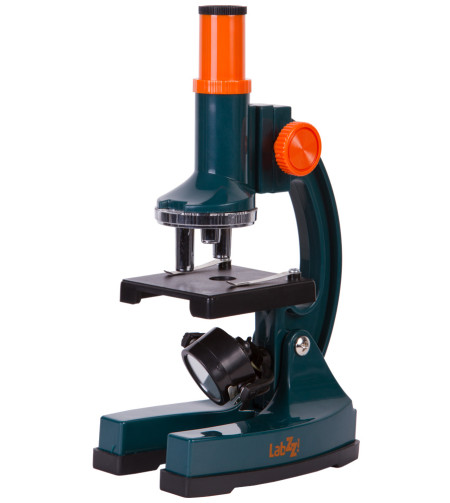
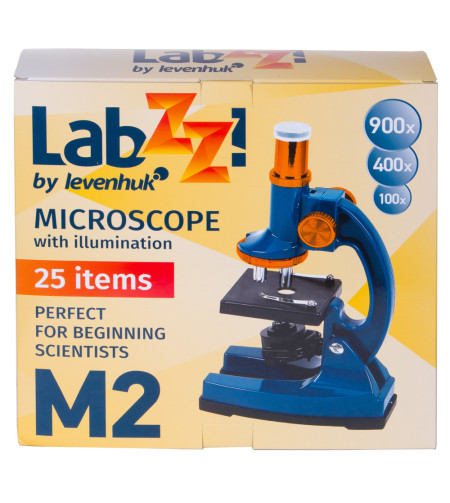
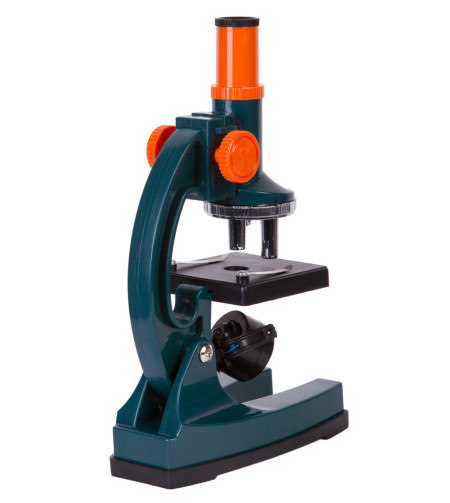
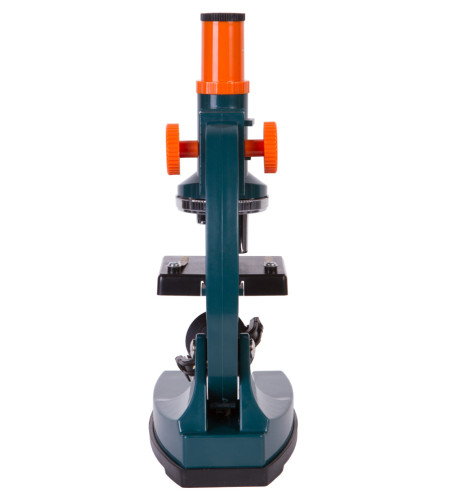

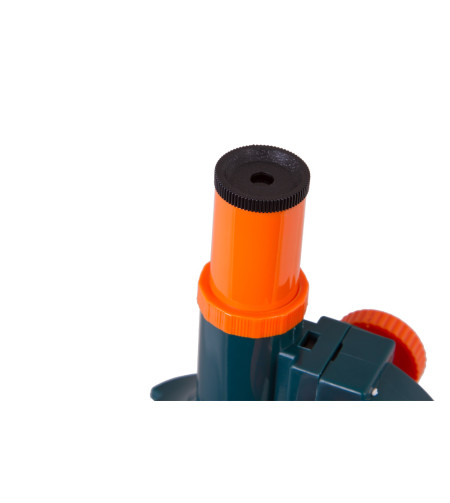
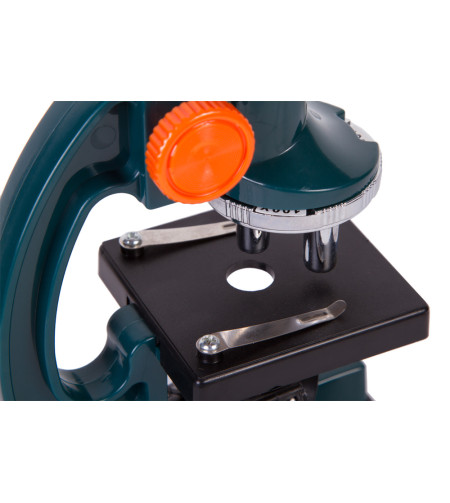
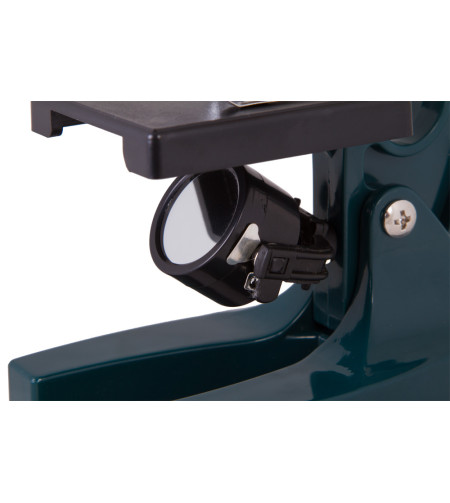
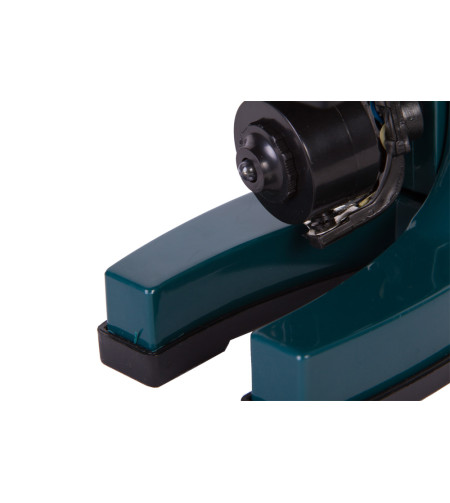
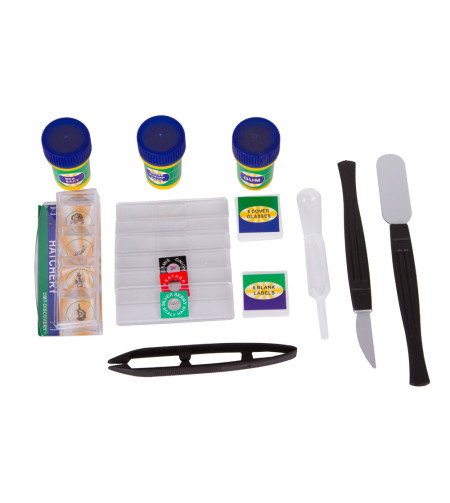
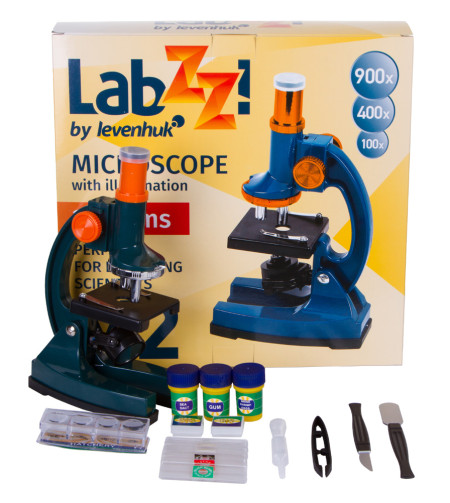
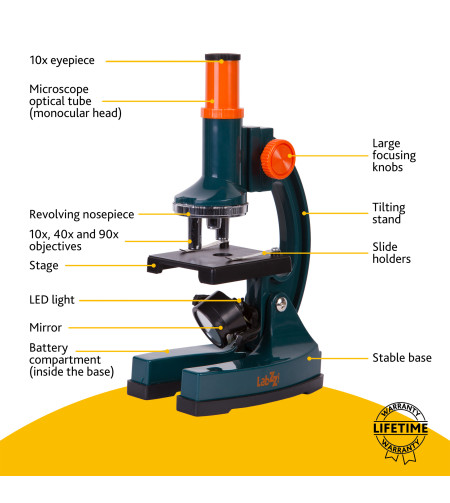
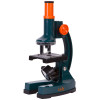
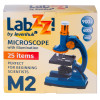
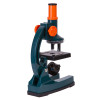
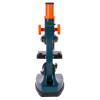
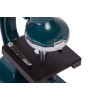
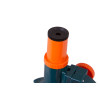
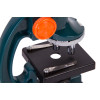
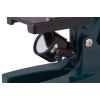
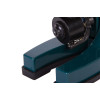
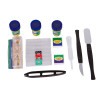
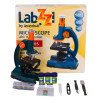
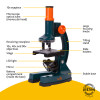
- Availability: In another stock
- Brand: Levenhuk
- Product Code: 69740
- Weight: 0.44kg
- Dimensions: 8.20cm x 28.00cm x 29.00cm
- EAN: 5905555011486
This offer ends in:
Available Options
Levenhuk LabZZ M2 Plus Microscope is a great instrument for a young biologist. The microscope is very easy to use; it allows for studying transparent microscope samples, and also comes with an interesting experiment kit. A kid will be able to observe ready-to-use microscope slides and watch Artemia”s growth in a hatchery. The kit also includes special tools for independent preparation of microscope samples.
Levenhuk LabZZ M2 Plus Microscope has a revolving nosepiece equipped with three objective lenses. The lenses come pre-installed. These lenses enable you to obtain several fixed magnifications in the 100x-900x range. Illumination is located below the stage. You can choose a mirror or incandescent lamp – the illumination unit rotates around its axis.
The stage is equipped with special metal clips for sample fixation. Focusing is carried out by means of a separate knob. Illumination runs on batteries (not included). The body is lightweight–made of reliable plastic. The microscope with all the enclosures is packed in a bright colorful box.
Features:
- Children”s microscope
- Magnification up to 900x
- Experiment kit included
- Lightweight plastic body
- Illumination: mirror or built-in incandescent lamp
The kit includes:
- Microscope
- Eyepiece
- Pipette
- Prepared slides (3 pcs)
- Blank slides (3 pcs)
- Cover slips (6 pcs)
- Slide stickers (6 pcs)
- Glue
- Sea salt
- Flask with brine shrimp
- Brine shrimp hatchery
- Spatula
- Scalpel
- Pestle
Paramecium caudatum - your first friend from the microworld
11/21/2016
Paramecium caudatum is perhaps one of the first protozoans that a young naturalist would explore. These organisms live in fresh standing water. They can also be found in an aquarium, especially if it hasn”t been cleaned for a long time. My ciliate-shoes were taken from the aquarium. Of course, there are only a few ciliate-shoes in aquarium water – the possibility of finding one of them in your microscope”s eyepiece is extremely low. Therefore, we need to increase their concentration. To do so, take a jar (about 17 fluid ounces or 0.5 liters), fill it with aquarium water, put a small spoiled onion and banana peel inside. Put the jar in a warm dark place for 5 to 7 days (don”t close it with a lid).


Paramecium caudatum. Animation. Magnification: 64x.
The average size of Paramecium caudatum is 0.02 inches (0.5 mm). For locomotion Paramecium caudatum uses its cilia (about 15 thousand cilia cover its little body!). Moreover, it has two nuclei (a large macronucleus is responsible for nutrition, respiration, metabolism, etc.; and a small micronucleus – for reproduction). Paramecium caudatum feeds on bacteria or algae. The food is caught by an oral groove covered in cilia and then goes to the cell mouth. It is then digested in the digestive vacuole (gullet). Undigested leftovers are ‘thrown out in the open” through an anal pore (cytoproct). To remove all excess water, our heroine has two contractile vacuoles. They work like pumps on a boat, pumping excess water out of its body. Paramecium caudatum maintains its slipper-like shape thanks to a special membrane (pellicle).
| Microscopes | |
| Body material | Plastic |
| Condenser | No Condenser |
| Diaphragm | No Diaphragm |
| Experiment kit included | Yes |
| Eyepiece tube diameter, mm | 17 |
| Eyepieces | WF 10x |
| Head | Monocular |
| Illumination | Halogen, mirror |
| Illumination location | Lower Illumination |
| Magnification range | 100x-900x |
| Objectives | 10x, 40x, 90x |
| Optics material | Optical polymer glass |
| Pouch/case/bag in set | No |
| Power supply | 2 AA batteries (not included) |
| Research method | Bright Field |
| Shipping Weight, kg | 0.444 |
| Stage type | With clips |
| Type of Build | Biological |
| User level | Children |
| Warranty, years | 25 |





























